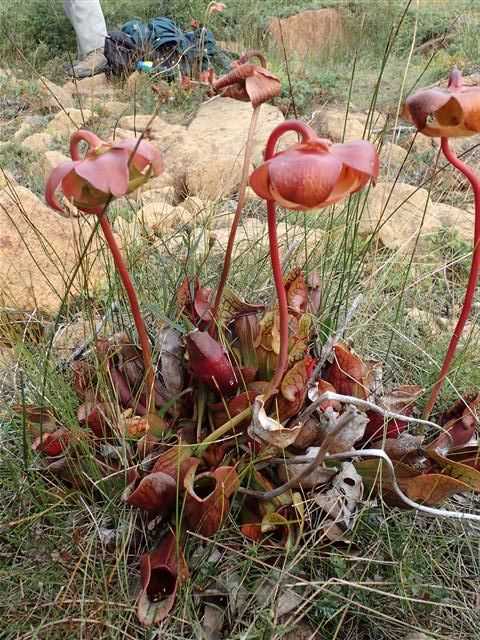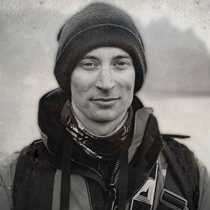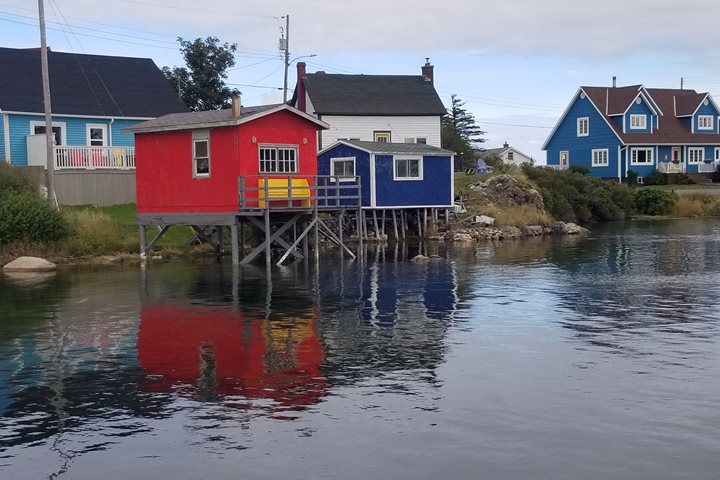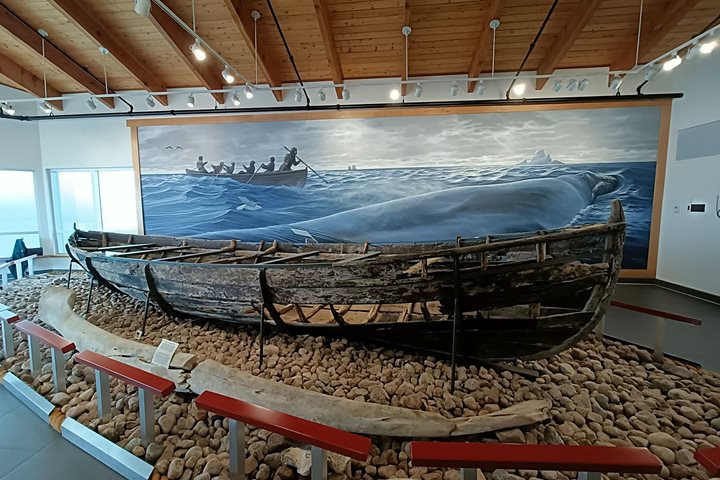Gros Morne is the largest national park in Atlantic Canada. The flora and fauna are incredibly beautiful and the whole place shines with the glow only a protected natural area can give off. While there is still a smattering of infrastructure around, the rawness of the place has been preserved. Yet, neither the trees and shrubs, nor the deer and moose really make this area the gorgeous icon that it is; in fact it is the geology of Gros Morne which deemed it worthy of conservation. The earth, structured like an onion, has layers. The crust is the outer husk and for human purposes is where all the action takes place, but in some places the next layer down, the mantle, has thrust through. Miles below the surface of the ocean lies the ocean mantle and four hundred million years ago that rock surfaced and shoved its way up on dry land’s crust. It has given scientists a boon of information about the inner workings of our planet. It is for this reason that the park holds the prestigious title of being a UNESCO World Heritage Site, and is the reason the National Geographic Explorer visited it today.
The glacially carved fjords rise sharply out of the water from Woody Point, the site of our first moorage, and tower overhead in a way we have not experienced this week at all. Our first foray into fjords was not a disappointment. It was scenic and serene. Going ashore by Zodiac, our first group of intrepid souls set out to conquer Lookout Hills nearby and were rewarded with fantastic views. For the less physically inclined and more interested in the remarkable geology, a tour called “Journey to the Center of the Earth” explored the inner working of the mantle and the marvelous rock around us. Not only that but we were also introduced to one extreme member of the flora of the area. Up in the tablelands a special plant, the pitcher plant (Newfoundland and Labrador’s provincial flower) grows amongst the peridotite cobbles. This remarkable plant is carnivorous. Insects and other unfortunate organisms fall into the “pitchers” of water within, where they are digested by microorganisms and midge flies and the resulting slurry of liquid fertilizer feeds the plant.
For lunch we returned to the ship for hamburgers on the sun deck barbequed by our head chef Sara and hotel manager Patrik. During our festive feasting the ship repositioned to Norris Point just down the bay. Afternoon tours began with a look through the research aquarium there and some fun interactions with local sea dwelling creatures. Again a hike was offered for the leg stretchers, and a coach tour of the coast was its counterpoint.
Our final treat of the day was served at Recap in the form of fresh local oysters, served on the half shell. As usual, a fun and interesting Recap from the staff member’s preceded a delicious dinner. A finer Monday was never seen before.










